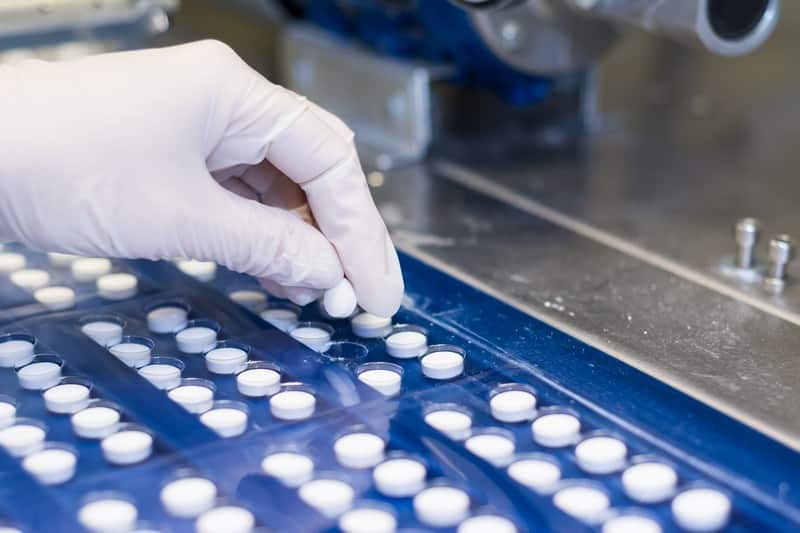Drug-Induced Liver Damage

Drugs used in clinical practice are among the most significant contributing factors to hyperbilirubinemia, particularly in individuals with specific pathologic diseases or genetic abnormalities. The term “drug-induced liver damage” (DILI) refers to a prevalent condition, and practically every class of medicine can cause liver illness. A diagnosis of DILI is linked to elevated levels of liver enzymes and bilirubin in the blood.
Establishing a temporal association between the administration of medication and the manifestation of signs and symptoms of liver illness is the standard procedure for making the diagnosis. Most instances of DILI are harmless and improve if the offending medication is discontinued. Identifying the offending substance as soon as feasible and removing it from the body as soon as possible is essential to forestall the development of chronic liver disease or acute liver failure.
By decreasing the activity of certain enzymes and transporters, medications can cause a rise in serum bilirubin with or without evidence of liver damage. Several drugs, such as allopurinol, anabolic steroids, certain antibiotics, codeine, diuretics, epinephrine, morphine, nicotinic acid, oral contraceptives, salicylates, and steroids significantly increase bilirubin levels.










